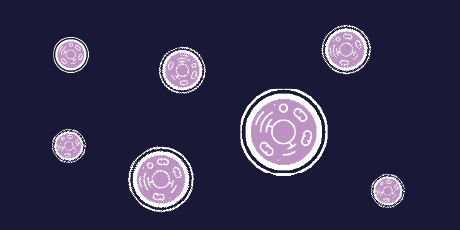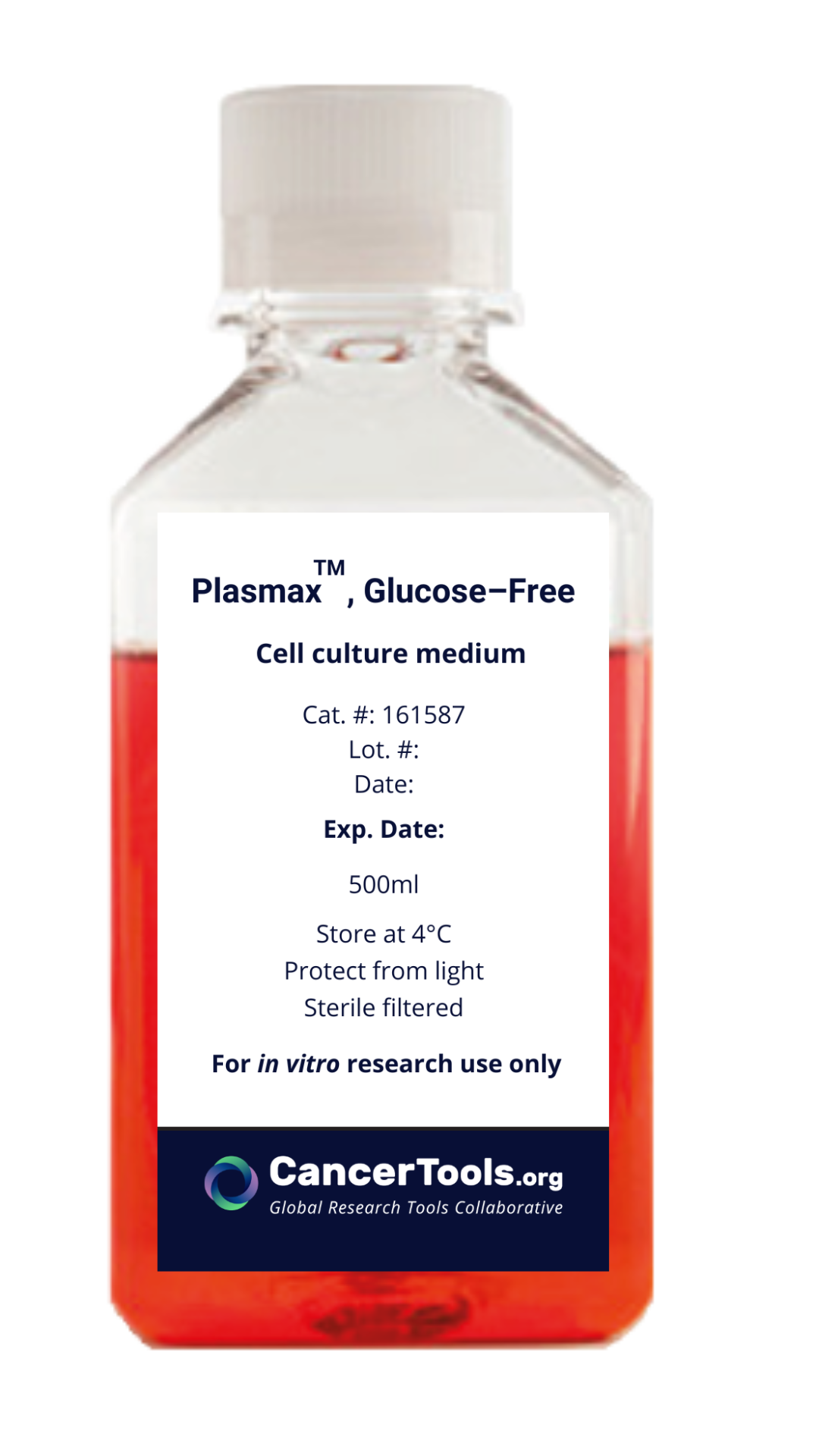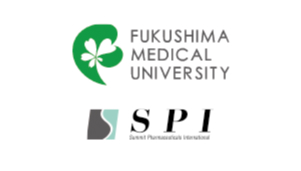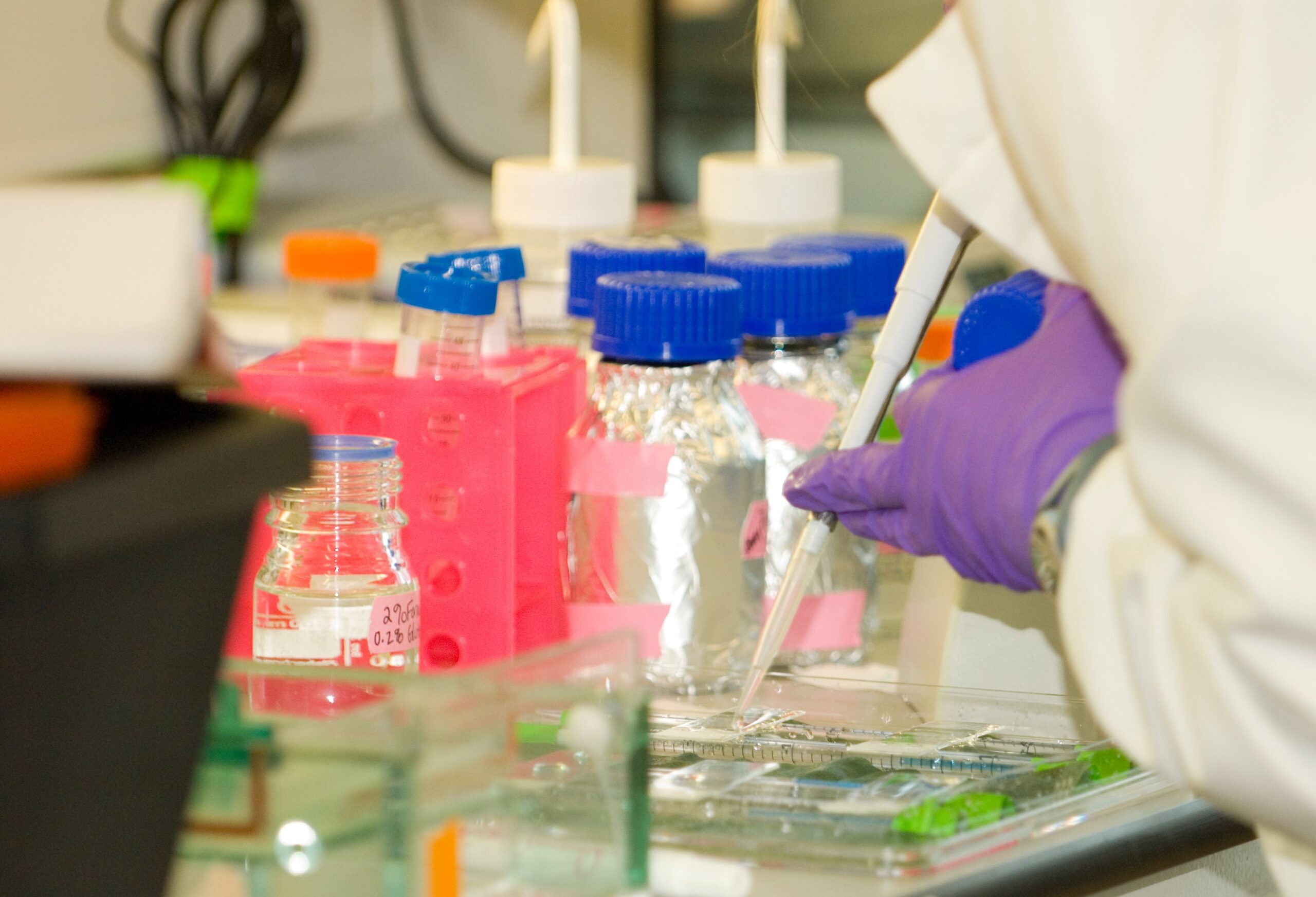The Cancer Research UK (CRUK) Lung Cancer Centre of Excellence at University College London (UCL) deposits new NSCLC PDX models with CancerTools.org. Our joint aim is to accelerate lung cancer research and therapeutics development.
We are excited to announce the deposition of 44 new PDX models generated from multiple regions of primary patient NSCLC tumours. These PDX models were developed from patients enrolled in the Lung TRACERx study1,2 by Dr. Robert Hynds and Dr. David Pearce at the UCL Cancer Institute.
A continued partnership between UCLB (the business arm of UCL) and CancerTools.org (the non-profit research tools arm of CRUK), enables access of these pioneering TRACERx NSCLC PDX models to the global cancer research community.
“Our collaboration with CancerTools.org allows us to make these innovative TRACERx NSCLC PDX models accessible to support other lung cancer researchers worldwide. This is an exciting opportunity for research efforts at UCL to have impact in the wider lung cancer research community and to help the development of effective therapies.”
Robert Hynds, Ph.D., Co-lead of pre-clinical models theme, CRUK Lung Cancer Centre of Excellence and Group Leader at UCL Institute of Child Health
“As a non-profit, CancerTools.org is dedicated to accelerating cancer breakthroughs. We help ensure cancer scientists have access to the highest quality research tools. We are delighted to be able to make these leading NSCLC PDX models available to the global research community and to continue strengthening our relationship with UCLB. We will continue to expand our existing PDX model portfolio to benefit researchers working on disease modelling and preclinical drug discovery workflows.”
James Ritchie, Head of External Innovation, CancerTools.org
NSCLC PDX models to support accurate disease modelling and drug discovery
Lung cancer is the leading cause of cancer-related death and approximately 85% of cases are NSCLC. The efficacy of standard platinum-based chemotherapeutic treatment of NSCLC has reached a plateau and a more radical approach is needed to develop novel therapeutics. There is increasing evidence to indicate that intratumour heterogeneity is a major hurdle to improving therapeutic outcomes.
PDX models are highly valuable in recapitulating patient tumour characteristics. These include more representative intratumour heterogeneity, genomic features, metastatic patterns and drug responses than traditional cell line and animal models. Therefore, PDX models can be used to support accurate disease modelling and preclinical in vivo drug validation studies.
The Lung TRACERx study2 has involved 800 patients from up to 20 hospitals across the UK. The main aim is to define how cancer clonal heterogeneity affects the risk of recurrence and survival. In addition, the aim is to study how cancer subclones compete, adapt and evolve from diagnosis to relapse. This, in turn, reveals how analysis of intratumour heterogeneity can inform patient stratification and the development of novel targeted and immune based therapies.
Our new collection of NSCLC PDX models were derived from multiple regions of primary NSCLC tumours from patients enrolled in the Lung TRACERx study1,2. This approach significantly increased successful PDX engraftment, and most models were histologically similar to their parent patient tumour. Whole-exome sequencing (WES) enabled comparison of original patient tumours and PDX models and revealed that engraftment caused a genomic bottleneck. This resulted in models often representing a single primary tumour subclone. However, models containing multiple primary tumour subclones were also generated. While distinct tumour subclones were represented in independent regional models from the same tumour, individual PDX models often did not fully recapitulate intratumor heterogeneity.
On-going genomic evolution in mice contributed modestly to the genomic distance between the original tumours and PDX models. This highlights the importance of considering primary tumour heterogeneity when using PDX models and emphasises the benefit of comprehensive regional tumour sampling. Even taking this into account, PDX models remain highly valuable translatable models that can be used to support accurate disease modelling and preclinical in vivo drug validation studies.
Discover more about these TRACERx NSCLC PDX models:
About Lung TRACERx
Lung TRACERx (TRAcking Cancer Evolution through therapy (Rx)) is a prospective observational cohort study (Principal Investigator: Professor Charles Swanton, UCL Cancer Institute and The Francis Crick Institute). The study aims to characterise the evolutionary dynamics of NSCLC through a multi-region whole-exome sequencing (WES) approach2. It is a large flagship study for the main funder, Cancer Research UK, and involves a major collaboration between experts from a wide range of disciplines. These experts work together to integrate clinical, histopathological and genomic data from patients with NSCLC. A summary of research arising from TRACERx is available here.












